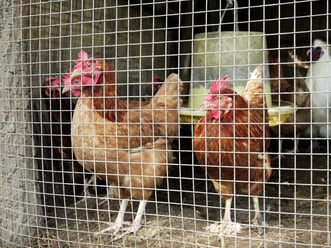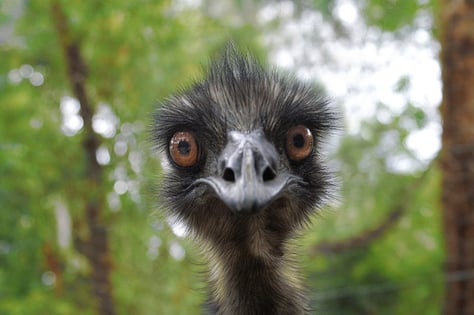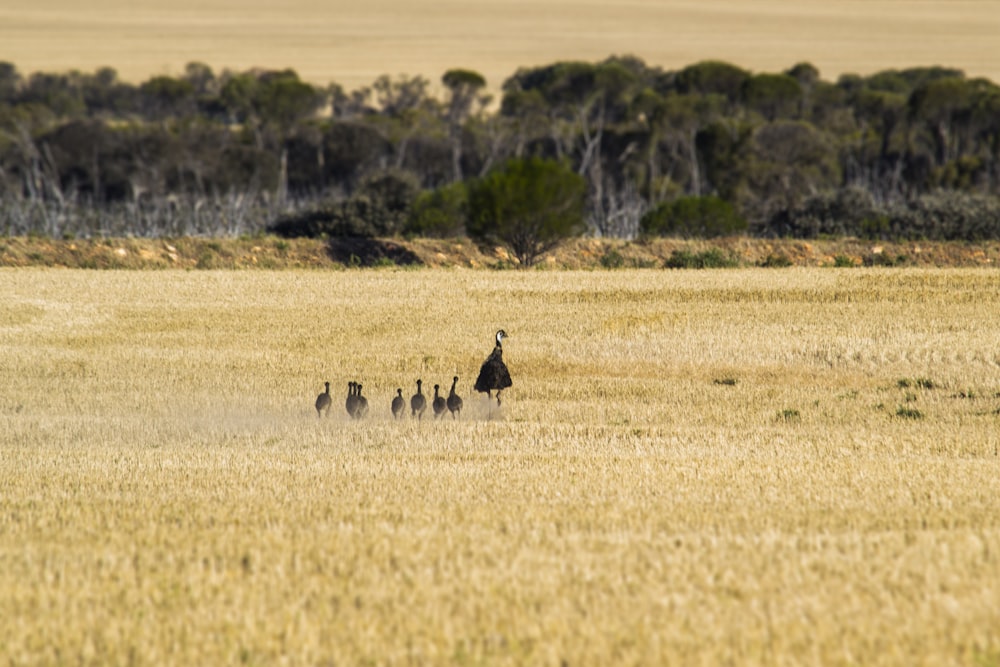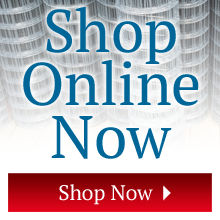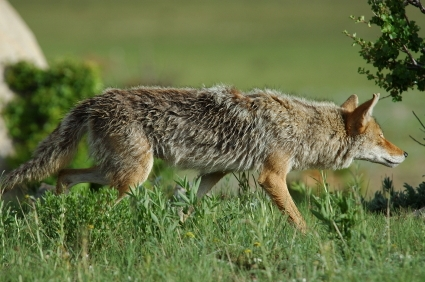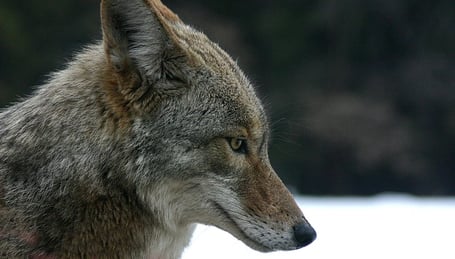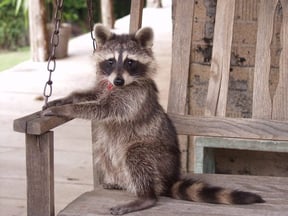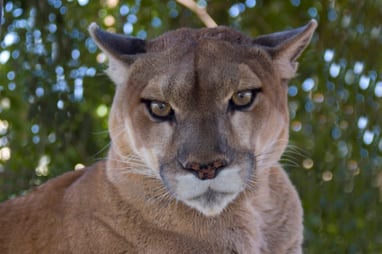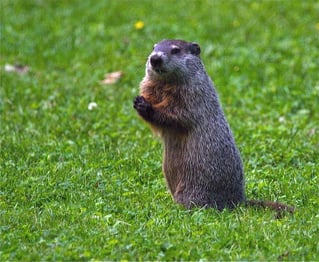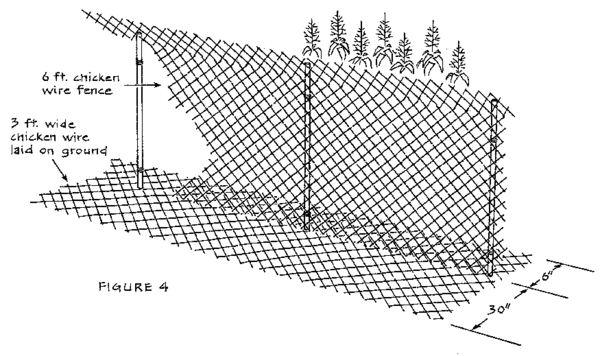A Fisher Cat Pays a Visit
Our first set of chickens were thrashed by what looked like the work of a head-hunting fisher cat--an odd type here in suburban New England. Our chickens, tragically named after Jane Austen characters, came to disastrous ends--four of them were left headless and scattered indiscriminately, while the other four had vanished. One imagines the fisher cat family sitting snugly at
The Sleepy Possum
Ordinary chicken wire has its uses; but here, it was not the best choice. Soon our newly acquired replacement chickens were visited by quite a respectable possum who bunked in the cozy chicken cubicles, less tempted by eggs but rather by the shelter and soft beds of straw. Imagine scanning past the cubicles, checking for eggs, and finding a possum snoozing next door to a seemingly oblivious chicken. Chicken wire boasts flexibility, yes, but is highly susceptible to rust, is hardly rodent or small animal-proof and strong animals can shred it. As is often said, chicken wire is more for keeping chickens in than for keeping predators out. However, It can work well in areas devoid of predators or on the top of a pen in warmer climates to keep airborne hunters at bay.
A Strong Choice--½ inch, 19 gauge wire
More pricey than chicken wire--though if you add in the resulting security of your flock--it's less expensive. ½ inch welded wire is
Keeps out larger animals, such as:
- dogs
- coyotes
- foxes
And smaller ones:
- possums
- snakes
- mice and rats
- weasels
- fisher cats
Finding the Hardware Cloth Solution
½" x ½" mesh, 19 gauge galvanized after weld (abbreviated generally by GAW) wire mesh and
As you can see cutting this mesh takes some strength and some helpful tools...
or here's a video with a good option...
In From Above
Ominously, predators don't just come from the ground and sides, but also from above. In thinking about a covering for your chicken run, consider thinking about aviary netting. Louis Page stocks a great netting that is extremely tough and can cope with snow load if you live in a cold climate.


